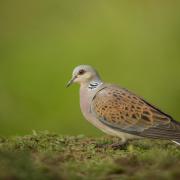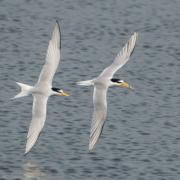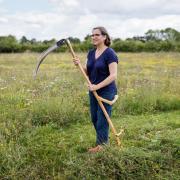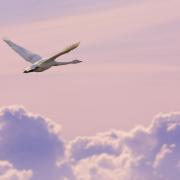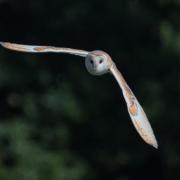By the beginning of May a remarkable bird will be back in Suffolk to breed. Wildlife photographer Kevin Sawford will be waiting for it

The terns that come back to Suffolk this May will have travelled well over 10,000 miles since they left the region around September last year. Many of them will have crossed the equator and spent the winter in the warm climate of southern Africa.
We have three different species of tern that breed in Suffolk and the appropriately named common tern is the most abundant. It’s mostly associated with the coast, but this species can be seen across the whole of the county’s waterways, usually on larger lakes, although I have seen them fishing on many of the fenland dykes. Several local nature organisations are attempting to help this species by constructing floating rafts for the birds to nest on. Suffolk Wildlife Trust’s Trimley Marshes reserve has even added Perspex sides to their rafts to try to prevent predators taking the eggs or the chicks. The two other species of tern that breed in Suffolk, the sandwich tern and little tern, are generally only found on the coast.
Most terns nest in colonies for protection and you will sometimes see different species in one colony. One of the best places to see all three together is at the RSPB’s reserve at Minsmere. The scrape has been specially designed for terns to breed on, as well as a number of other species. Terns predominately feed on fish, which they catch by firstly hovering in the air, then plunging into the water. As part of the courtship display a male tern will offer a female a freshly caught fish.
I really enjoy photographing terns. They offer various challenges and provide many different opportunities. One of the most asked questions is how to photograph birds in flight. Terns can be a very good species to practise on. All birds that hover do so into the wind. Just as an aeroplane takes off and lands into the wind, it is the same for birds as they need the up draft. A breezy sunny day is excellent for photographing birds in flight. By knowing which way the wind is coming from you can predict which way birds will be taking off and landing, and in which direction terns will be facing when hovering, looking for food.
I only get a few months each year to photograph these international travellers so I make sure I spend time at some of the region’s tern colonies during summer.
Suffolk Wildlife Trust Trimley Marshes www.suffolkwildlifetrust.org/reserves/trimley-marshes
RSPB Minsmere www.rspb.org.uk/discoverandenjoynature/seenature/reserves/guide/m/minsmere/


















